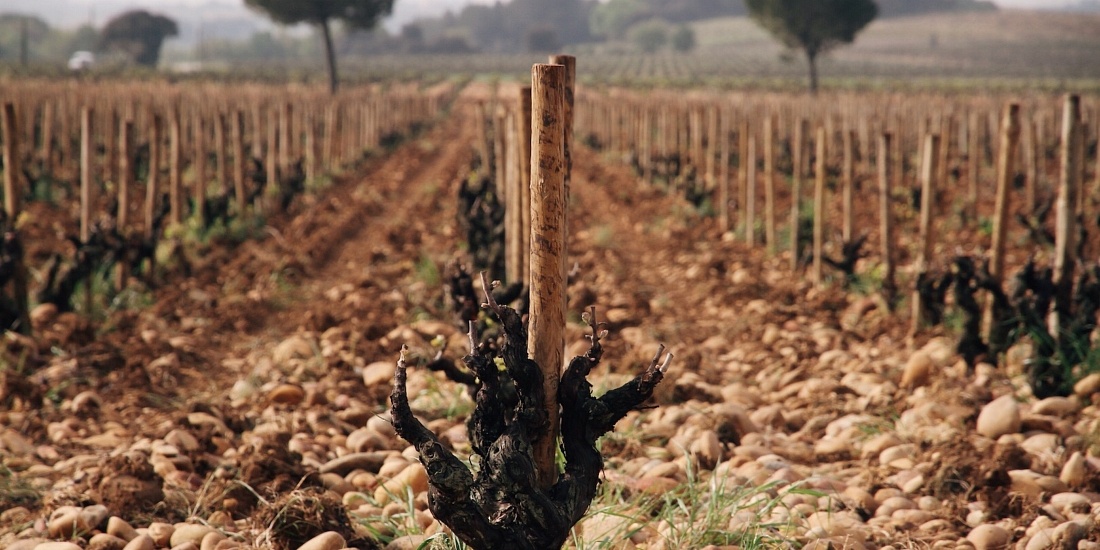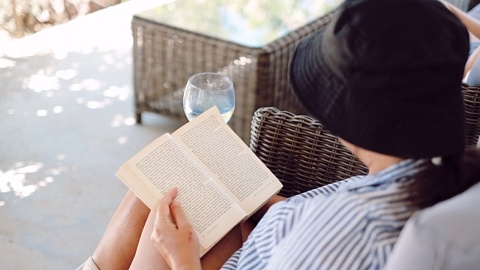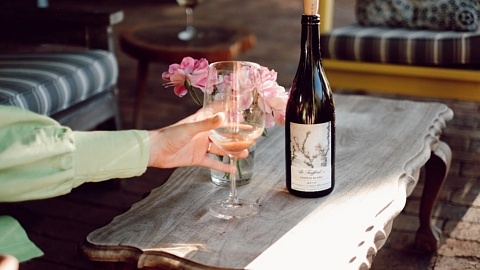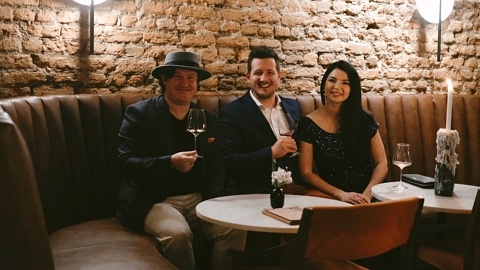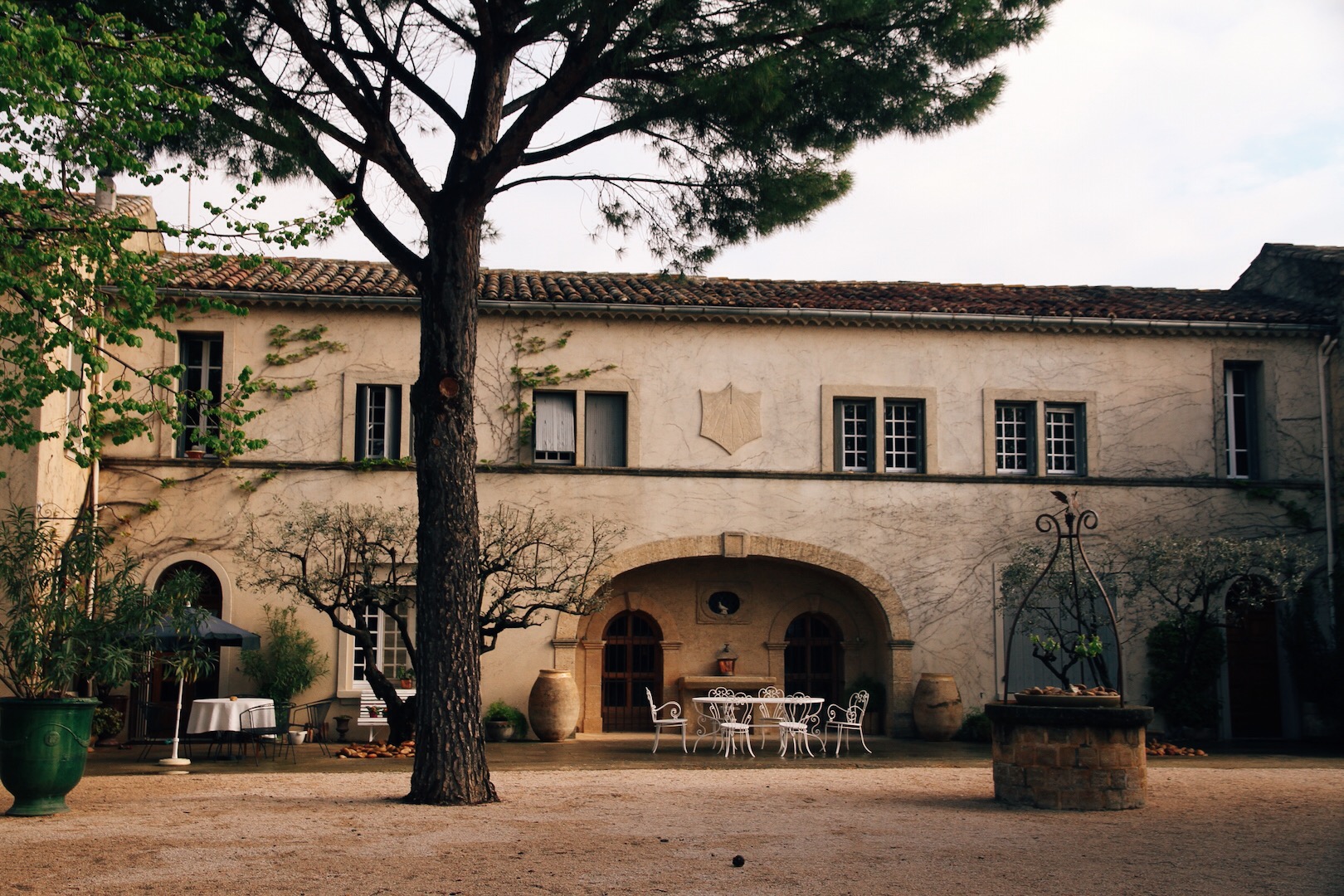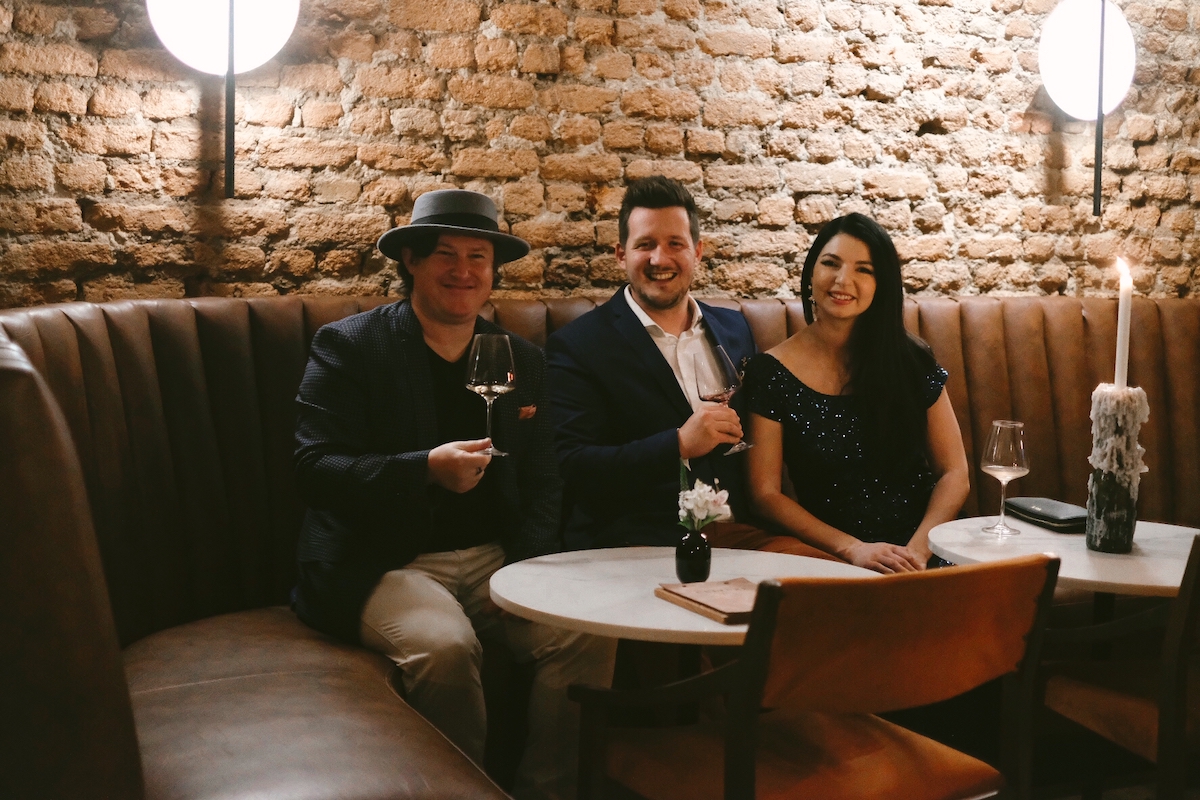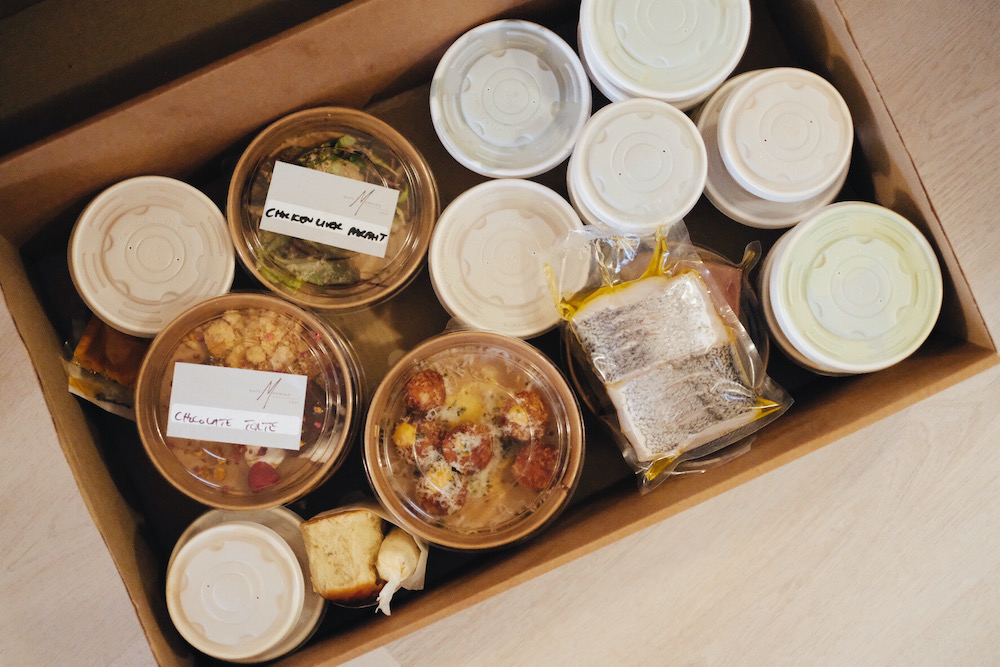There’s something deeply compelling about an old vine, even just on a visual level, in the way its gnarly, weather-beaten trunk looks like a caricature from a Tim Burton movie.
But as is often the case in life, character is so much more about what lies beneath the surface.
Indeed, the secret to an old vine, says André Morgenthal, Project Manager of The Old Vine Project, is its established root system. “I think that the fallacy around old vine rootstock is the idea that the roots have to be deep. The late professor Eben Archer used to say that the roots of a vine essentially choose the path of least resistance. It’s not about how deep they go, but where they go. Earlier this year in Rioja, I saw the root system of a vineyard with vines around a hundred years old. It’s shallow – and the root is from here to the menu.”
André raises a hand to indicate a distance of roughly half a meter. It’s a humid Saturday afternoon and we’re seated in the Green Goose, a new Stellenbosch eatery I’ve been dying to try. I’m doubly pleased for the rare chance to catch up with André, in-between his extensive travels spreading the Old Vine Project gospel.
“This is not a revolution,” André insists. “It’s not a trend. It’s quality. It’s heritage. And it’s stories. It’s a given.” For the past three years, André has been the official ambassador for a project turned movement, that began almost two decades ago when renowned vineyard manager Rosa Kruger started traveling to Old World wine regions and tasting the unique wines produced by old vines. It caused her to wonder: “where are the old vines in South Africa?”
It’s a question turned quest, leading her on a years-long journey to find and ultimately map out South Africa’s old vineyards. Rosa’s account (which can be found on the Old Vines Project website) is spellbinding. “We went up to Piekenierskloof and saw Grenache, down to Skurfkop and saw Chenin and Semillon that grow like small trees, up to Wuppertal and found … nothing! Producers’ information on vines planted was confidential at that time. The team had to search for old vines themselves and write them down by hand. The list was slowly recorded during many hours of driving, and lots of beautiful tales of history and culture, of families and seasons.” I would highly recommend reading the full piece.
But do old vines really produce better wine? André is measured in his response: “old vines’ wines are not necessarily better than wines from young vines… but wines from old vines, in terms of texture, complexity, clarity, palate weight, length… they’re just different. And what we’re seeing is that wines from old vines reflect the site where the vines have been for decades, not necessarily the variety. Vineyards between 30 and 40 years come into balance.”
Since Johan Rupert’s offer to sponsor the project in 2016 in conjunction with the appointment of André (and subsequently Project Coordinator Nadia Hefer), it has snowballed in momentum. André’s focus has expanded accordingly: “my mandate three years ago was to keep vines in the ground. Now it’s much more. It’s the humanitarian element of it to keep farmers in business. The grape growers. The vineyard workers.”
It’s also not only about the roughly 3500 hectares (less than 4% of South Africa’s total vineyard area and 85% of which are tied up in the co-op system) that currently qualify for old vine status (35 years or older). André can list a handful of producers who don’t yet have qualifying old vines of their own who are eager to participate in the project, with a view to keep their vineyards healthy and disease-free so that they can grow old and produce enthralling old vine wines.
Now with over 70 members, the project is on its way to being self-sustaining. Members’ wines produced from old vines are eligible for an official bottle neck seal, certifying the age of the vineyard. It’s the first official classification for old vines in the world. André finds it ironic that the New World is leading the charge. But while a proud ambassador of South Africa’s heritage vineyards, he hints towards a greater vision, beyond what he and Rosa had ever previously imagined.
“How can we keep Old Vines sexy?” was André’s question to the world’s most celebrated British wine writer, Jancis Robinson, on a recent visit to the UK. “She looked at me and said: internationalise it. And I said, that’s exactly where we’re at. Thank you for the affirmation.”
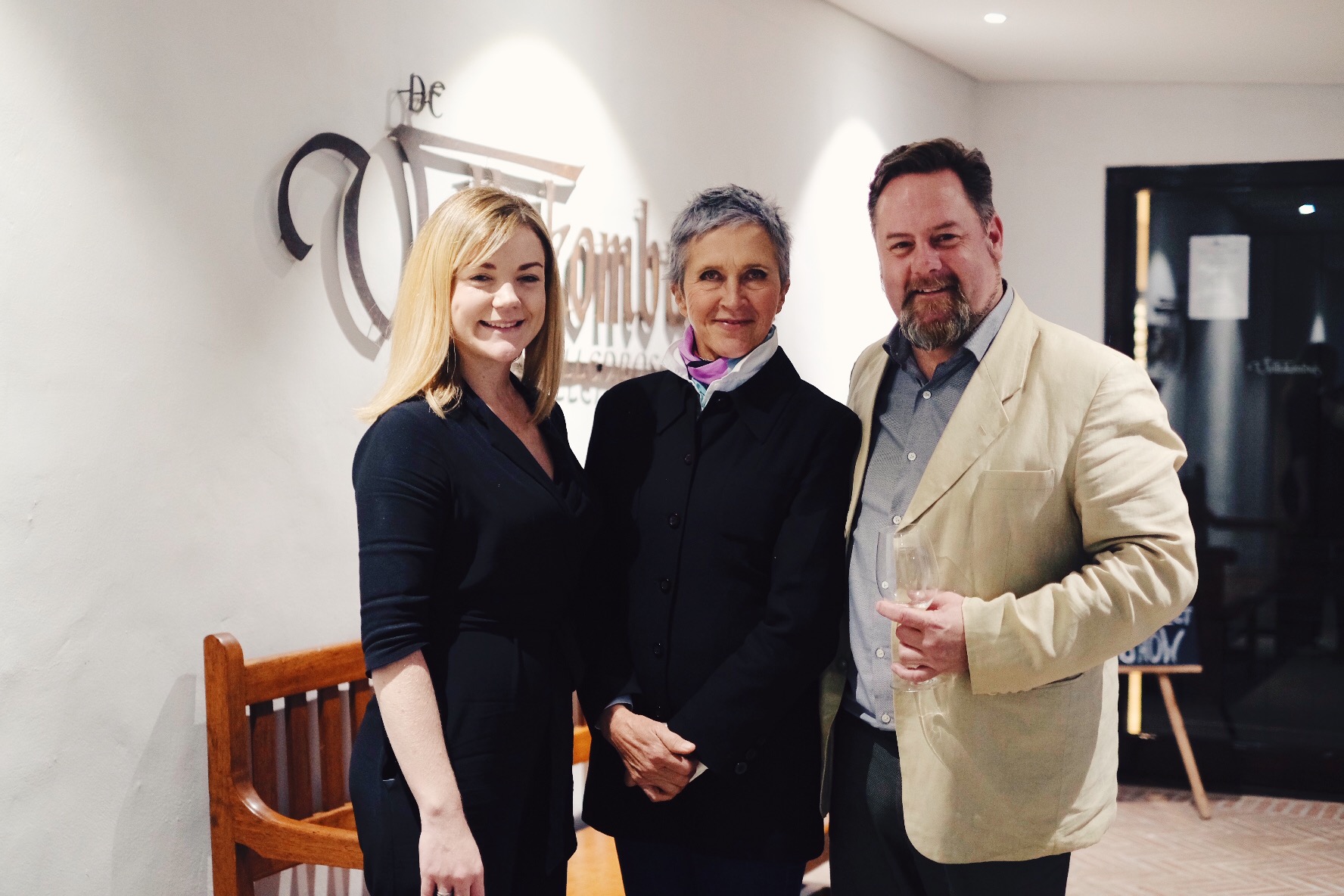

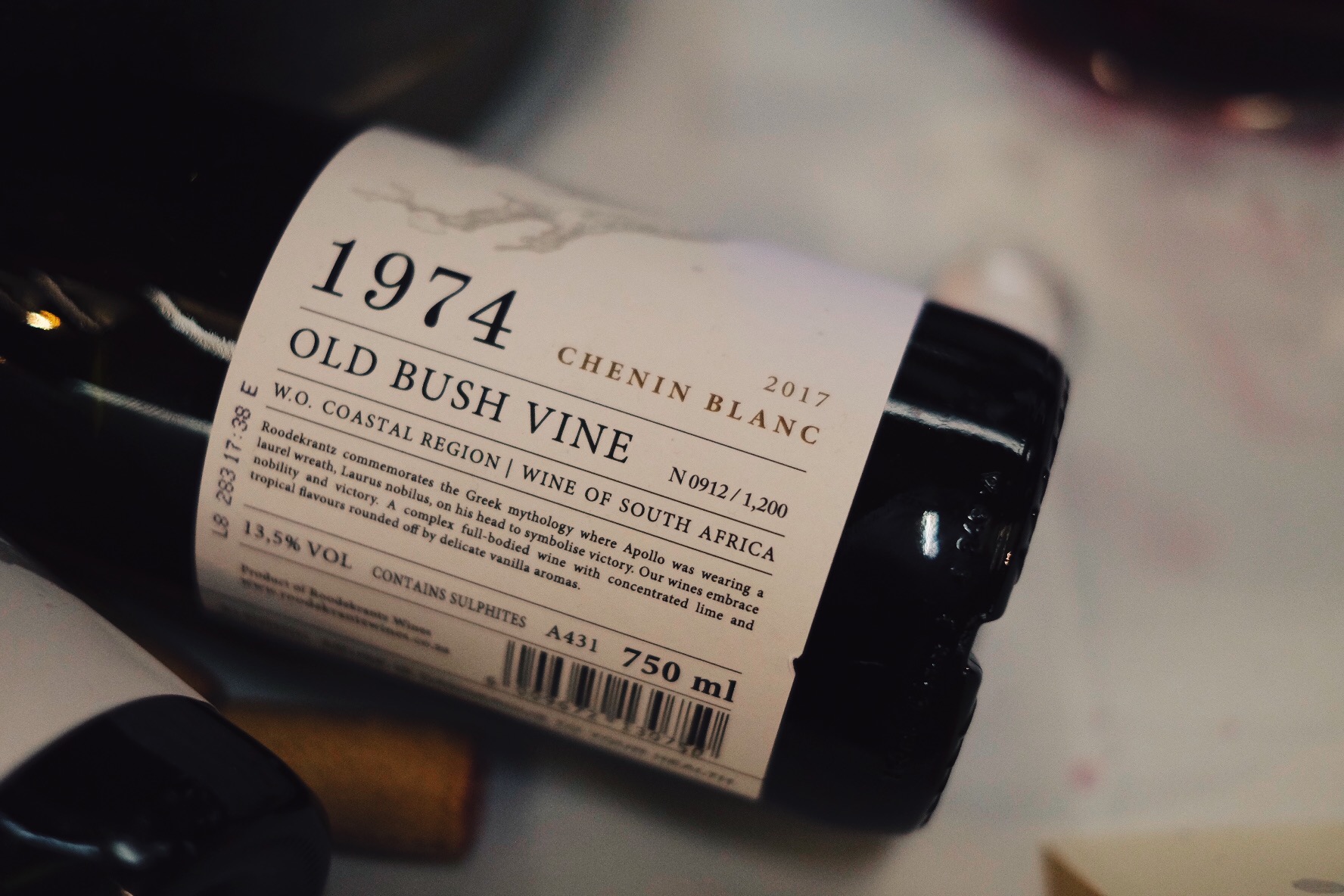
Words and images: Kristen Duff
Shop the story over on Port2Port



